
HOW DO YOU persuade a community to support the protection of a killer predator that silently waits in murky recreational waterways to occasionally ambush and tear apart people?
That was the dilemma facing ecologists in the Northern Territory in the late 1970s and early 80s. After almost a decade of legal protection, the number of saltwater crocodiles around the 2m bracket was rising across northern Australia as were attacks on people. Suddenly, after years of barely a sighting of the reptiles near Darwin, people were being killed or hideously injured in the jaws of crocs near the northern capital, and a 5.1m male, known ironically as Sweetheart, hit the headlines for terrorising tourists at a popular fishing hole, knocking them out of boats.
Politicians, community leaders and tourism operators screamed for a return to mass culling to make the newly self-governing NT safe from the huge carnivores, while the now-legendary croc researcher Professor Grahame Webb and other experts looked for creative ways to ensure the species continued to be protected. The croc population was going up, the animals were getting bigger, and we were facing this impending collision course between humans and reptiles,” he recalls. People were saying, Those things eat cows, horses and people! Why do you want to protect them?”
‘Salties’ might be as Aussie as koalas, but it was clear to Grahame that Territorians would need a strong incentive to develop empathy for the big reptiles. And so he and his colleagues swung their weight behind crocodile farming and tourism to transition croc protection into an economically valuable proposition. It was the beginning of what’s now known as incentive-driven conservation’, which has helped transform wild crocodiles into a commodity, underpinning goods and services worth well over 100 million dollars to the Territory’s economy.
Bu hikaye Australian Geographic Magazine dergisinin January - February 2023 sayısından alınmıştır.
Start your 7-day Magzter GOLD free trial to access thousands of curated premium stories, and 9,000+ magazines and newspapers.
Already a subscriber ? Giriş Yap
Bu hikaye Australian Geographic Magazine dergisinin January - February 2023 sayısından alınmıştır.
Start your 7-day Magzter GOLD free trial to access thousands of curated premium stories, and 9,000+ magazines and newspapers.
Already a subscriber? Giriş Yap

SULAWESI SENSATIONS
There are worlds within worlds and marvels untold waiting to be experienced on Indonesia's remote islands.
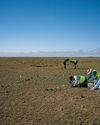
SEARCHING FOR AUSSIE DINOSAURS
Our understanding of where to find ancient life in Australia has been turned on its head by a new appreciation of the country's geology. Now the world is looking to our vast outback as the latest hotspot to locate fossils.
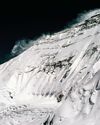
THE HARDEST NIGHT
The first Australian ascent of Mt Everest in 1984 is one of the great feats of mountaineering. Climbed by a small team semi-alpine style, with no bottled oxygen, via the Great (Norton) Couloir, it remains unrepeated 40 years later.
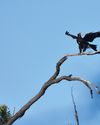
WEDGE-TAILED WONDER
The chance discovery of an eagle nest leads to an extended vigil observing normally hidden behaviours of one of nature's supreme winged marvels.
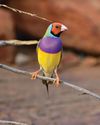
BURDENED BY BEAUTY
Northern Australia's Gouldian finch survives in huge numbers in cages around the world, but its wild population continues to struggle.
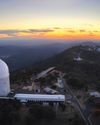
A TELESCOPE FOR A GOLDEN AGE
After a stellar 50 years as one of the country's major scientific assets, the AAT continues to play a major role in keeping Australian astronomy on the world stage.
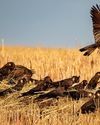
COCKY WHISPERING AT COOMALLO CREEK
This patch of remnant bush on the edge of the West Australian wheatbelt is a place loved by one of Australia's rarest bird species and the man who has studied the site for more than 50 years.

A PIONEERING PAIR
Louisa Atkinson and her mother, Charlotte, were among Australia's earliest authors, and pioneers in women's rights.
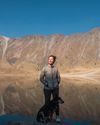
THE LONGEST WALK
Lucy Barnard is walking from Argentina to Alaska -the length of the Americas - on an extraordinary journey of endurance and adventure.
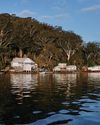
SECLUDED, BUT NOT ALONE
In an era of heightened social isolation, where many of us lead lonely lives, Dangar Island offers the chance to be part of a supportive, connected community.